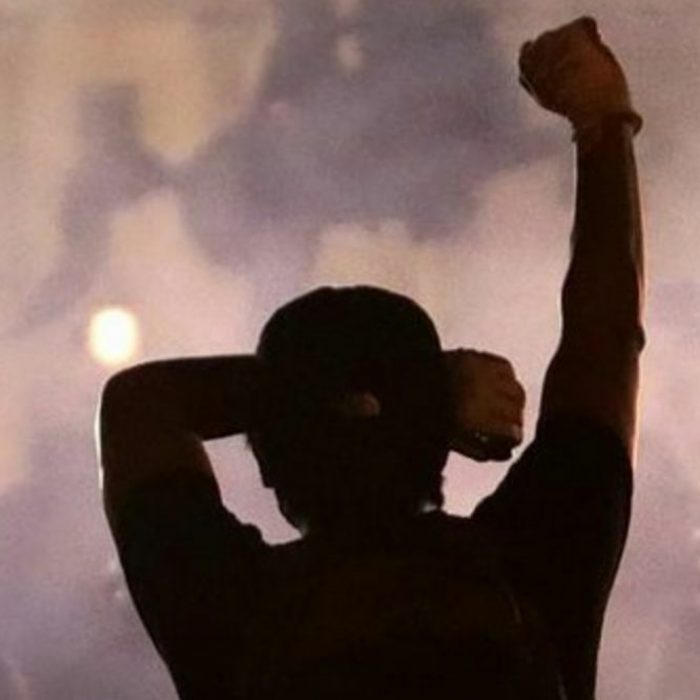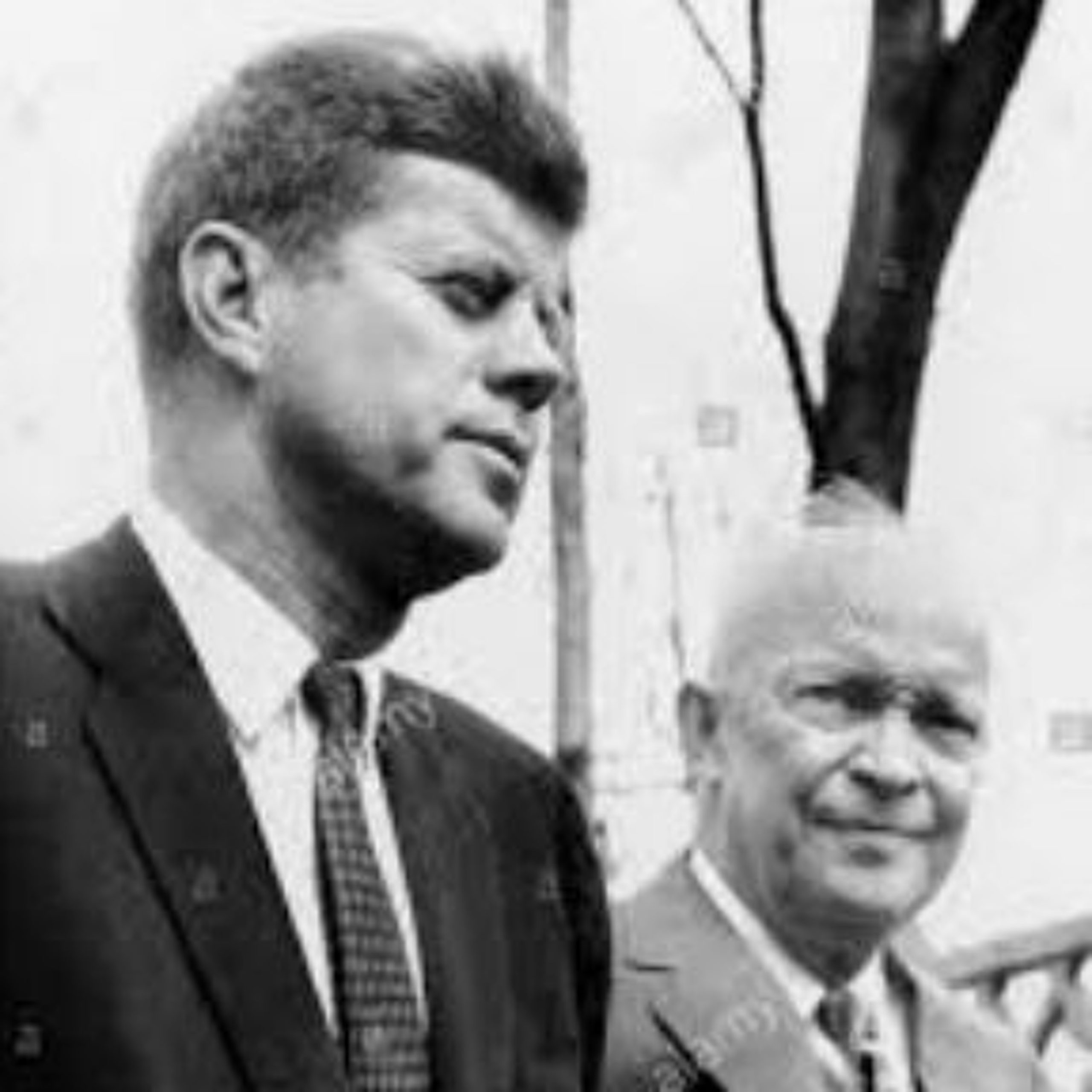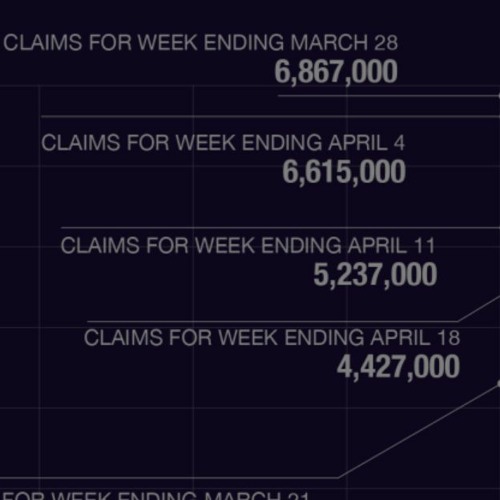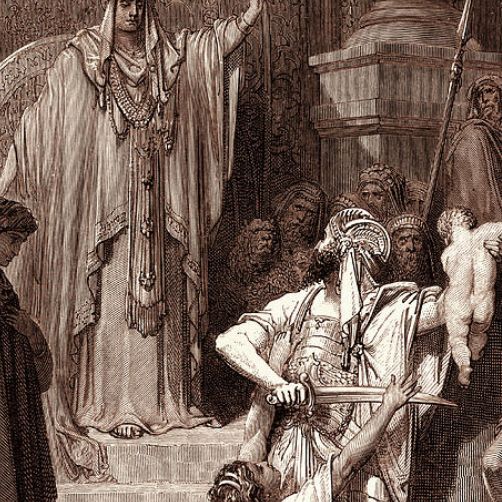“Look what’s happening out in the streets,” sang the Jefferson Airplane half a century ago. Now, as then, the Airplane could sing, “Look what’s happening out in the streets” about demonstrations sparked by the murder of George Floyd. In this FRDH podcast Michael Goldfarb looks at the differences and the similarities between two uprisings of people against the police and a government that has lost moral legitimacy in their eyes.
Transcript of this episode:
I started reading Peter Frankopan’s The Silk Roads (plural intentional) this week and among the many things this excellent book had me thinking about was the preservation of the small records of the past, the diaries of travellers, records ot trade, that form the First Rough Draft of History in the centuries just before and after the birth of Christ. – actually they are the only drafts of history in some areas of Central Asia.
Two-thousand years after our electronic age, how will the diaries of these tumultuous days in the US since George Floyd had the life slowly crushed out of him – the videos of outrageous police violence, the videos of police joining protestors, the sense, not for the first time, that the majority of Americans have had enough of violence against their Black fellow citizens, be preserved?
Will this podcast, which takes the shape of a diary more than my usual essays, somehow survive to inform some historian in the fifth millennium of the US, the Rome of the late second millennium, in its long agony of domestic disintegration and what the context was in which people took to the streets night after night?
I am writing this on June 6th, exactly a week ago, I got into a conversation with a friend, William Drummond, on – where else – Facebook? Bill, who I have never met in the flesh, is, like me an NPR alumnus. He is also an emeritus professor of journalism at the University of California Berkeley. and he is an African American. As a young reporter Bill covered the Watts riots in Los Angeles in the summer of 1965. He covered other major disturbances of the 60s.
Bill was quick to notice something about the protests over George Floyd’s murder in those first early days. For all their scale there had been mercifully few deaths among those out in the street. He posted on Facebook about the body count in Watts and the 1992 riots in LA following the acquittal of the policemen who nearly beat Rodney King to death. I had noticed that as well.
Dozens were killed in the 1965 Watts riots. Two years later dozens more were killed in Newark and Detroit. In 1992, 63 people were killed. Yet in ten days of protest in all 50 states, so far there are only 11 reported fatalities, most of them away from the main demonstrations. A few related to looting, other deaths were in incidents that reflect the hostile mood between the two camps in a deeply divided country.
The comparative lack of violence was in distinction to the highly militarized gear and equipment used by police. 30 years ago, America’s Department of Defense was given federal authorization to transfer military gear to local law enforcement. It was to be used specifically to counter heavily-armed drug gangs. In 1997 Bill Clinton expanded the programme called the 1033 programme, to allow the military gear to be used for any policing purpose.
For several decades police departments have been taking surplus as a gift from the Pentagon. Nearly 7.5 billion dollars worth of kit has been passed on to US police departments including bomb proof armoured vehicles. As if any community in America is a potential Baghdad circa 2005.
The program is vast and rife with with mismanagement. A 2017 Government Accountability Office investigation demonstrated how easy it was to obtain this military gear. The GAO investigators created a fictitious law enforcement entity and managed to obtain night vision goggles, rifles and and bomb making material.
Barack Obama put some restrictions on the 1033 program after the demonstrations following the murder in Ferguson Missouri of Michael Brown were put down by policemen dressed in military gear. You get no prize for guessing that as soon as Donald Trump became president he reinstated the full program
My Facebook exchange with Drummond got me on the look out for then and now comparisons. By the middle of the week, another unique characteristic of these demonstrations became clear: where they were taking place.
For more than half a century whenever policing of African-Americans got so far out of hand that people took to the streets, the protests took place for the most part in black neighbourhoods. What I think has kept things in control in this go-round is that the marches have been taking place in the main public spaces of cities. They are not “ghetto-ized.”
The majority in America could look away in 1965/67/68/92 when riots were put down with lethal force and the neighborhoods where they took place were left to rot. That won’t happen in this round of protest. The majority watching on TV cannot look away because this isn’t happening in the “there be monsters” quadrant of the map. The demos are taking place at the intersection of Atlantic & Flatbush in downtown Brooklyn, the new center of New York City (Times Square was turned into a vertical Las Vegas, a place for tourists fromt he suburbs decades ago).
They are happening at the intersection of Beverly and Fairfax in Los Angeles, physical and sociological miles from South Central, Compton and Watts. And, of course, Lafayette Square in front of the White House in DC, These are America’s crossroads, the Forums of all the people, not just the oppressed minority.
By week’s end there was new fencing around the perimeter of the White House grounds. It’s esthetically more pleasing than the circle of busses that had been thrown up around the place back in May 1970, following the shootings at Kent State University in Ohio. A literal circling of the wagons by Presdient Nixon and his squad, as more than 100,000 of us poured into the city to protest against the state murder of our fellow students
The numerical symmetry of this week’s protests fifty years —a half-century!— after Kent was a gift. No rounding needed, precisely fifty years to the month America was convulsed again by confrontations between a significant section of the governed and their government.
In Washington the same institutional actors were called into play: I was at that huge demonstration on May 9,1970, following the Kent State Massacre. The 82nd Airborne had been summoned to the city. I don’t know if it was airborne troops sighting down their rifles at me from the rooftop of the Treasury Building as we marched around the White House, but it was a military detachment for sure. We held a sit-down protest in Lafayette Square and were cleared out of the area by tear gas, just as protesters were this past week so that Donald Trump could have a photo op by St. John’s church (although my memory says there was less police violence in 1970 accompanying the gas).
Much debating this past week about the deployment of regular troops, the 1970 examples weren’t even the precedent. In 1967 both the 82nd and the 101st airborne were deployed on the streeets of Detroit during that city’s deadly riots.
Kent State has been on my mind a lot. I made an hour-long radio documentary for the BBC to mark the 50th anniversary of the event. (You can find it elsewhere in the archive section of the FRDH website). The doc is built around archive recordings made 50 years ago and interviews with survivors from Kent and participants in the days of rage that followed.
I was already in a deja vu frame of mind when George Floyd was killed and Watching the demonstrations around the White House on the very streets where I had been tear-gassed half a century ago, only deepened the feelings.
The biggest difference between then and now is this: when the Ohio National guard killed four unarmed students protesting against Richard Nixon’s invasion of Cambodia, polls indicated the majority of Americans thought the kids got what they deserved. Today polls show a majority of Americans supporting demonstrations against police extra-judicial killings of black people.
Dear Diary,
It is now the morning of June 7th, another day of protests, remarkably peaceful, has passed. There is an energy out in the world. What will happen to it? When Kent State happened there were well-established anti-War organizations, Students for a Democratic Society was a nationwide organization and the source of networks of leaders and organizers of political activity. There were connections with other organizations. Kent State took place on a Monday, two days before there had been a long-planned conference at Yale University in New Haven – a trial of Black Panthers was coming up in Connecticut and action in solidarity with the men on trial was being planned. Events overtook the activities: Nixon’s Cambodia announcement and then the murders at Kent.
We were still in an age of ideology, then. and radical energy could pour itself into an ideological framework, We knew history and could see our activity in a historical framework.
Today, I’m not sure. in 2011/12 I did some reporting on the Occupy Movement. After Occupy began in New York the movement spread to London. An Occupy encampment was set up on the steps of St. Paul’s Cathedral and in the precincts around Christopher Wren’s monumental domed building. It was a disheartening experience to write about. In so far as it had an ideology Occupy was anti-hierarchy and elite. The idea of a leaderless political movement is akin to wingless flight. You can dream about it, but don’t jump off the tenth floor of a building hoping that just flapping your arms will make it a reality.
After a few months, when the authorities moved in to clear the protest away the energy had gone out of the movement.
I do not think that will happen with the energy I see now in the marches across America and this weekend in London and other major cities in Europe but some kind of leadership needs to emerge, and the time consuming work of organizing, building networks between groups of people separated by geography and perhaps different views on tactics needs to be done if the Americans in the street want to achieve a society where to be born black is not to be born under suspicion and the probability of regular harassment by the police and the possiblity of experiencing extreme violence or even death at their hands.
Maybe that energy will simply go into November’s election. The Million Women March, the day after Trump’s inauguration was certainly the source of organizing energy behind the Democrats success in the 2018 mid-term elections (my BBC documentary about it, Democrats’ Dilemma, is also streaming at the FRDH website).
It is heartening that people still believe sufficiently in the core activity of democratic societies — voting —as the way to solve the problem of police violence.
For a while now there has been a bleating about Democracy being in peril coming from Washington. It’s a mantra of the people who in the first decade of this millennium were called neo-conservatives. People like Max Boot and Anne Applebaum commanded the pundit heights of the American capital – and now are trapped in a no-man’s land of their own making. Their ability to confuse their personal political prejudices with the good of the nation would be comic if we weren’t living with the consequences of their blind faith in the swaggering, corrupt incompetence of the second George Bush administration.
American society is certainly in peril, it is irreconcilably split – It is much more divided since those days when Bill Drummond reported on, and I participated in, demonstrations and disturbances to make an America that lived up to its founding ideals.
But the ballot box is one thing people can still look towards with some optimism. From a distance I don’t see the people in the streets today calling for revolution as some of us did. They are calling on people to vote. And in the short term that is where all the energy should go next: making sure every one eligible is allowed to vote, and that EVERY vote, is counted.
The FRDH Podcast is hosted by internationally acclaimed journalist Michael Goldfarb and is about History. The History he has reported on; the History he has written about; and the long History he has lived.
You can subscribe to the podcast on iTunes, YouTube and Soundcloud, and you can follow us on Facebook and Twitter.
You can also donate to keep the episodes coming.





